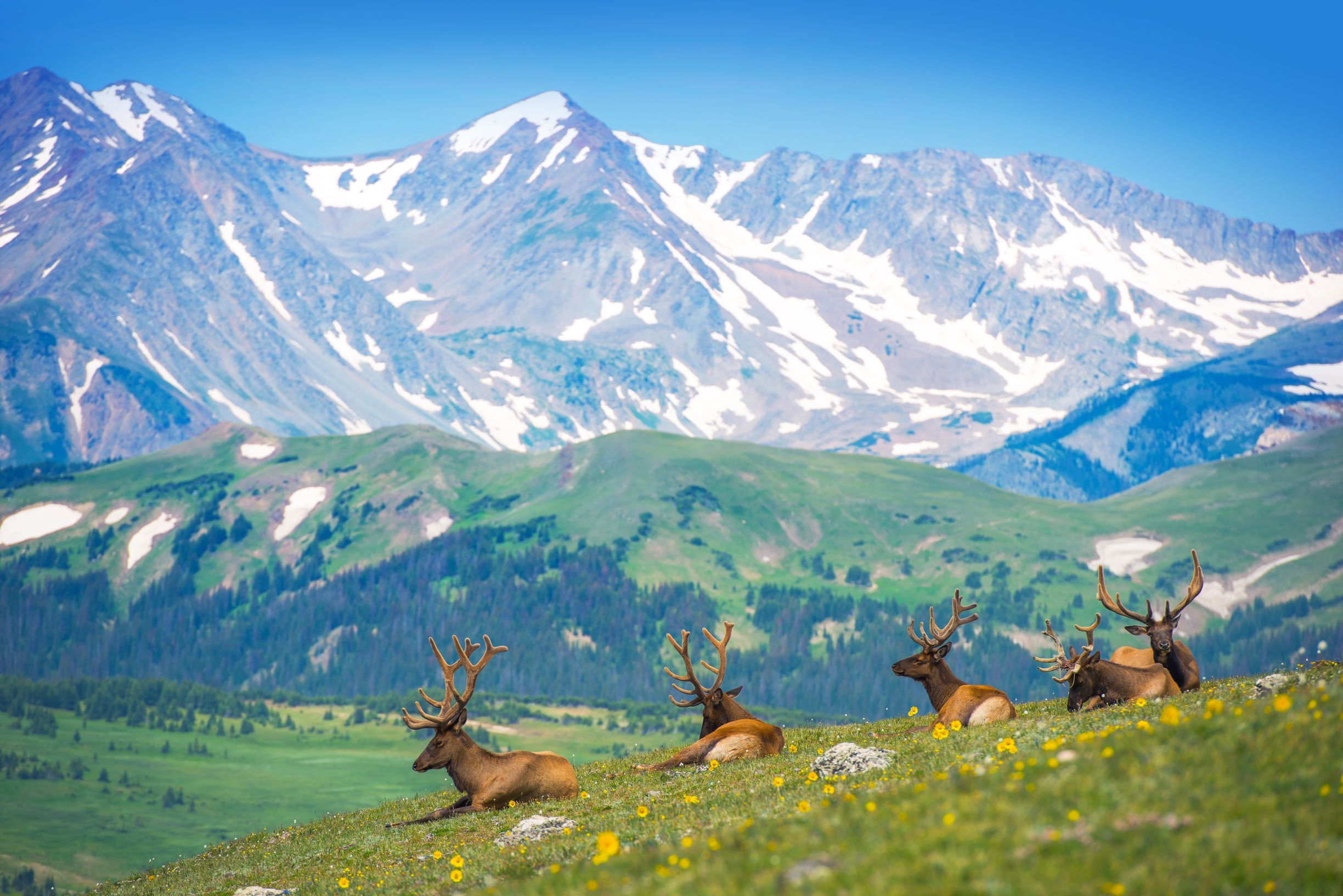
Intro
Hey guys, so in the run-up to the new hunting season, we at WingHome Trail Cameras thought we’d do what we can to assist you in having the hunting season of your life! In the coming weeks we’ll be shining the spotlight on some of the most popular hunting states in the US and run down the top places to hunt there.
To see all the upcoming articles in our series, make sure to follow us on
Facebook,
Instagram and
Twitter. If you have any questions about any of the information, please feel free to contact us
here.
And just a reminder that if you want to improve your hunting success, trail cameras are a great way to save time and find out which specific areas to target. Top-end, reliable trail cameras no longer need to cost a fortune. Take a look
here for an example.
Without further ado, let’s move onto our State for this week…
Hunting in Colorado – Intro
Colorado boasts more than 23 million acres of public land, so what better place to start in our series about the best hunting locations around the United States. From the world’s largest elk herd, to the unique Colorado pronghorn antelope, mule and white-tailed deer and every kind of small game and game bird, hunters can find whatever they’re looking for in the ‘Centennial State’.
Hunting in Colorado – Seasons
The big game season starts as early as August 15th for pronghorn archery hunting and runs up to December 31st for deer archery hunting on the Colorado plains. See here for a specific list of all types of hunting and their times:
http://www.huntingseasonhq.com/colorado-hunting-seasons/
Once you’ve found out when you can hunt, the next important question is where. We’ve made a rundown of the largest areas to hunt in Colorado, ending with the largest in the number one spot…
5. Arapaho National Wildlife Refuge
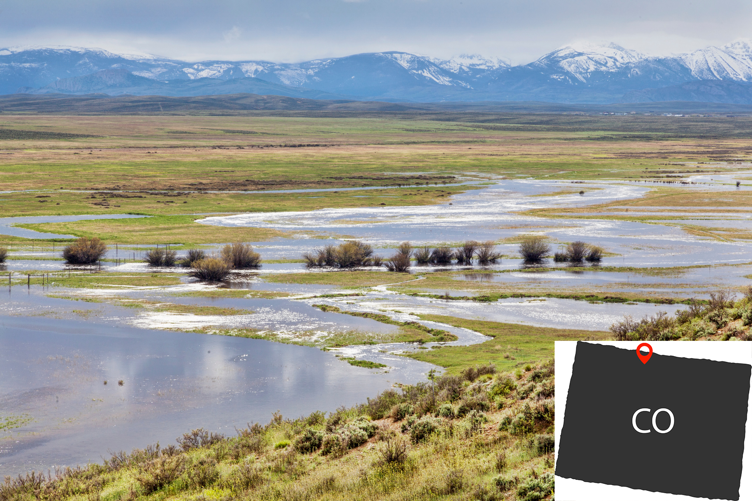 Size:
Size:
23,467 acres
Location:
Just south of Walden, Colorado, bordered on the east and northeast by the Medicine Bow Range in Wyoming. It has the highest elevation of any refuge in the lower 48 states, ranging from 8,100 to 8,700 feet above sea level.
Description:
Known locally as North Park, it consists of sagebrush steppe uplands, grassland meadows, willow riparian areas, and wetlands. Providing the source of the North Platte River out of numerous slow-moving streams throughout the basin floor, it’s a habitat for large mammals, migratory birds, nesting waterfowl, and a multitude of fish species.
Climate:
Summers are warm but brief, with enough sun and rain for the lowlands and upland slopes to be grassy. Winters are harsh, driving most animals not suited to such conditions to lower elevations.
Hunting:
General - only permitted on the Refuge Units B and C beginning 1 hour before sunrise, and prohibited within 100 feet of all roads and parking areas. No hunting after December 31st each year.
Sage grouse and rabbit - limited to shotgun hunting with non-toxic shot only.
Game birds - duck, coot, merganser, Canada goose, snipe, Virginia and Sora rail, and mourning dove. Only in Unit B and limited to shotgun hunting with non-toxic shot.
Big Game – pronghorn and elk (limited draw during Colorado State Elk seasons 1 through 4).
Contact:
Add: 953 Co Rd 32, Walden, CO 80480, USA
Tel: (970) 723-8202
HQ opening times: M-Su, 7:30am–3:30pm
4. Pike National Forest
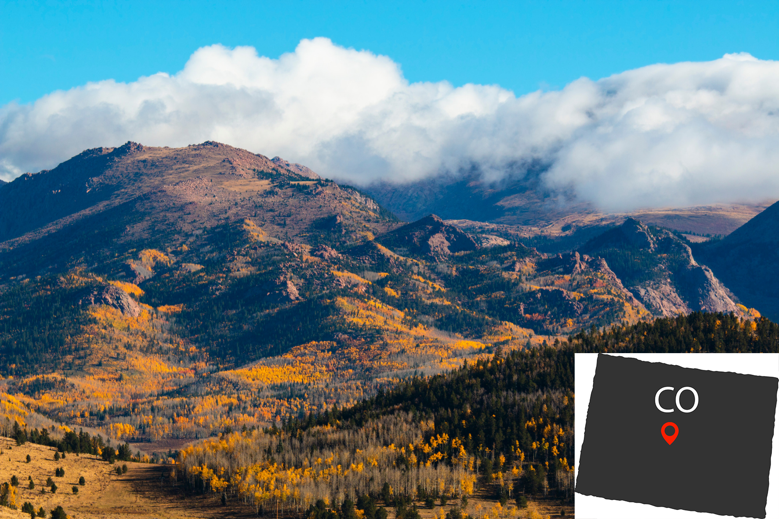
Size:
1.1 million acres
Location:
In the Front Range of Colorado and bordered on the west by Colorado Springs.
Description:
Contains a number of mountains, the most famous of which is Pikes Peak, at an elevation of 14, 110 ft. There are also two major rivers, South Platte and Fountain Creek, that pass through, plus the large Rampart Reservoir, which is just a 60-minute drive from Colorado Springs.
Climate:
Summer is warm in the daytime and cool at night, due to the high elevation. Cold in winter, with most of the forest receiving more than 100 inches of snow a year.
Hunting:
Grasslands - small game birds and waterfowl.
Forests - deer, pronghorn and elk.
Contact:
Add: 2840 Kachina Drive, Pueblo, CO 81008
Tel: (719) 553-1400
HQ opening times: M-F, 7:30am–4:30pm
3. Rio Grande National Forest
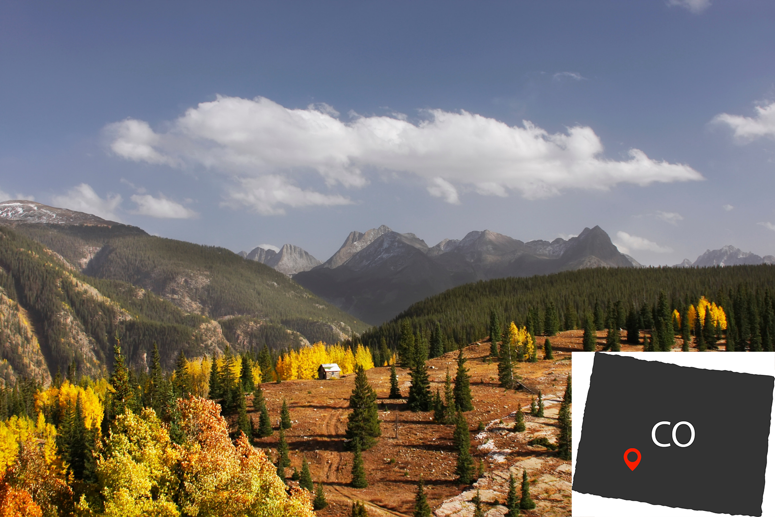
Size:
1.82 million acres
Location:
South-western Colorado. The San Juan Mountains comprise the border in the west and the Sangre de Cristo Mountains in the east. In between these two mountain ranges is found the San Luis Valley, a large agricultural alpine valley.
Description:
Composed of wide-ranging ecosystems including a high elevation desert at 7,600 feet above sea level to mountains of over 14,300 feet to the source of the Rio Grande river, from where the forest gets its name.
Climate:
In Winter, temperatures in San Luis Valley can be extremely low and the San Juan Mountains are famous for their deep snows. In Fall, before October, temperatures can be mild, in the mid-70s.
Hunting:
Big game, small game and game birds.
Contact:
Add: 1803 W. Highway 160 Monte Vista, CO 81144
Tel: (719) 852-5941
2. Routt National Forest
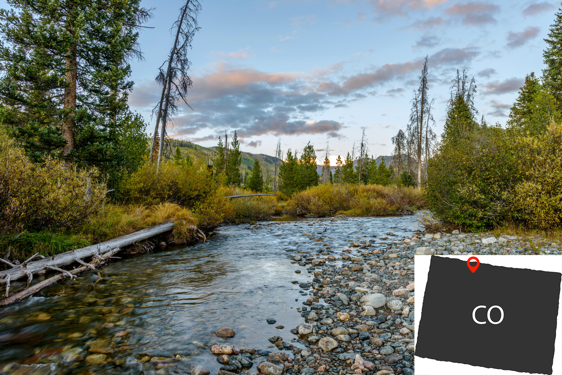 Size:
Size:
1.1 million acres
Location:
North-western Colorado.
Description:
Combined with Medicine Bow forest to the north in Wyoming, these two national forests comprise portions of many mountain ranges, extending to elevations of up to 12, 940 feet, plus grasslands and crystal-clear streams. They provide wildlife habitat, timber, and forage for livestock and are a vital source of water for irrigation, domestic use, and industry.
Climate:
Low areas are very dry, with higher lands receiving more rainfall. Highlands, even during the summer, can be exposed to very harsh conditions.
Hunting:
Big game – elk, moose, mule deer, white-tailed deer, pronghorn, bighorn sheep and black bear.
Small game – turkey.
Contact:
Add: 2468 Jackson Street, Laramie, WY 82070
Tel: (307)-745-2300
1. White River National Forest
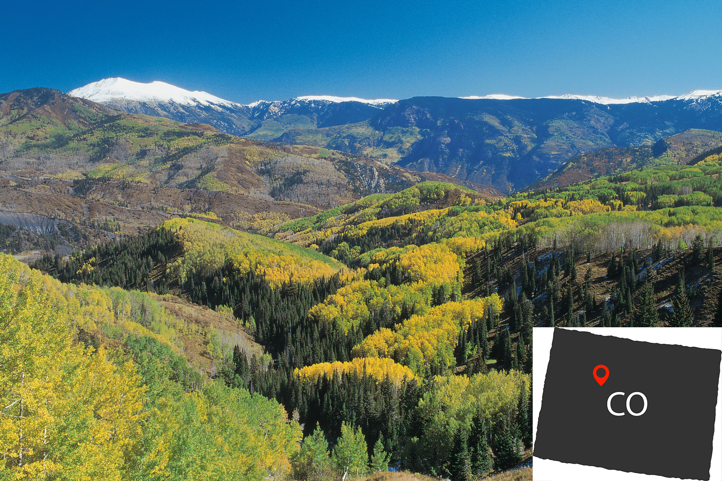
Size:
2.3 million acres.
Location:
Northwest Colorado.
Description:
The most visited National Forest in the US, it is named in honor of the White River that passes through the northern area. Provides suitable habitat for many species of wildlife including deer, elk, mountain sheep, mountain goat, bear, mountain lion, bobcat, lynx, moose, raptors, waterfowl and trout.
Climate:
Fall can be mild, with temperatures up to the mid-70s, up until early October when heavy snow falls can begin. Temperatures from late November to mid-February can drop to single-digits in the evenings.
Hunting:
Big game, game bird and small game.
Contact:
Add: Co Rd 1260, Silverthorne, CO 80498, USA
Tel: (970) 925-3445
Conclusion
Hope that’s given you enough information to begin with for planning your next hunting trip to Colorado. As always, if you have any more questions about the above information or about how to use a trail camera for your next trip, follow us or contact us on
Facebook,
Instagram or
Twitter.
And if you’re looking for a reasonably priced, high-end trail camera to take with you, have a look at our 22MP, 0.4-sec trigger speed 350C trail camera
here.
Happy trails from the WingHome team!





